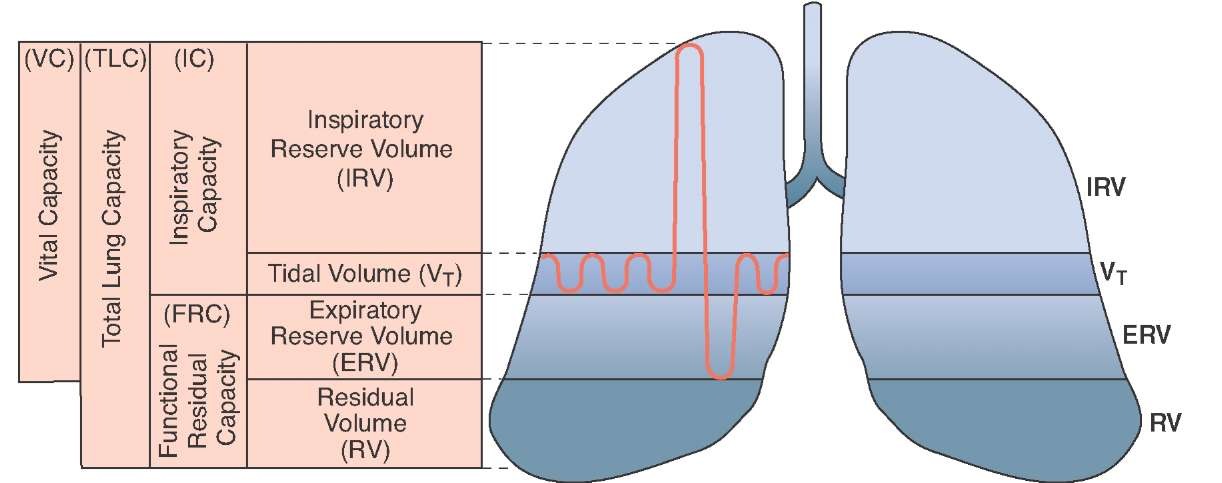
Simply translating to the amount of carbon dioxide (CO2) exchanged for oxygen (O2). The second half of the equation is representative of the fractional amount of dead space. This inspired air is assumed to contain a relatively zero amount of carbon dioxide. The equation states VD is equal to VT multiplied by the partial pressure of arterial carbon dioxide (PaCO2) minus partial pressure of expired carbon dioxide (PeCO2) divided by PaCO2.īreaking down this equation, there is the tidal volume which is the normal amount of inspired and expired gas equivalent to 500 mL. Understanding the equation will simplify the concept of dead space greatly.

The Bohr equation can be used to calculate the amount of dead space in a lung. One can see an increase in the value of physiologic dead space in lung disease states where the diffusion membrane of alveoli does not function properly or when there are ventilation/perfusion mismatch defects. Therefore, physiologic dead space is equivalent to anatomical. In a healthy adult, alveolar dead space can be considered negligible. The respiratory zone is comprised of respiratory bronchioles, alveolar duct, alveolar sac, and alveoli. Physiologic or total dead space is equal to anatomic plus alveolar dead space which is the volume of air in the respiratory zone that does not take part in gas exchange.

This volume is considered to be 30% of normal tidal volume (500 mL) therefore, the value of anatomic dead space is 150 mL. Anatomical dead space is represented by the volume of air that fills the conducting zone of respiration made up by the nose, trachea, and bronchi. The two types of dead space are anatomical dead space and physiologic dead space. Dead space represents the volume of ventilated air that does not participate in gas exchange.


 0 kommentar(er)
0 kommentar(er)
